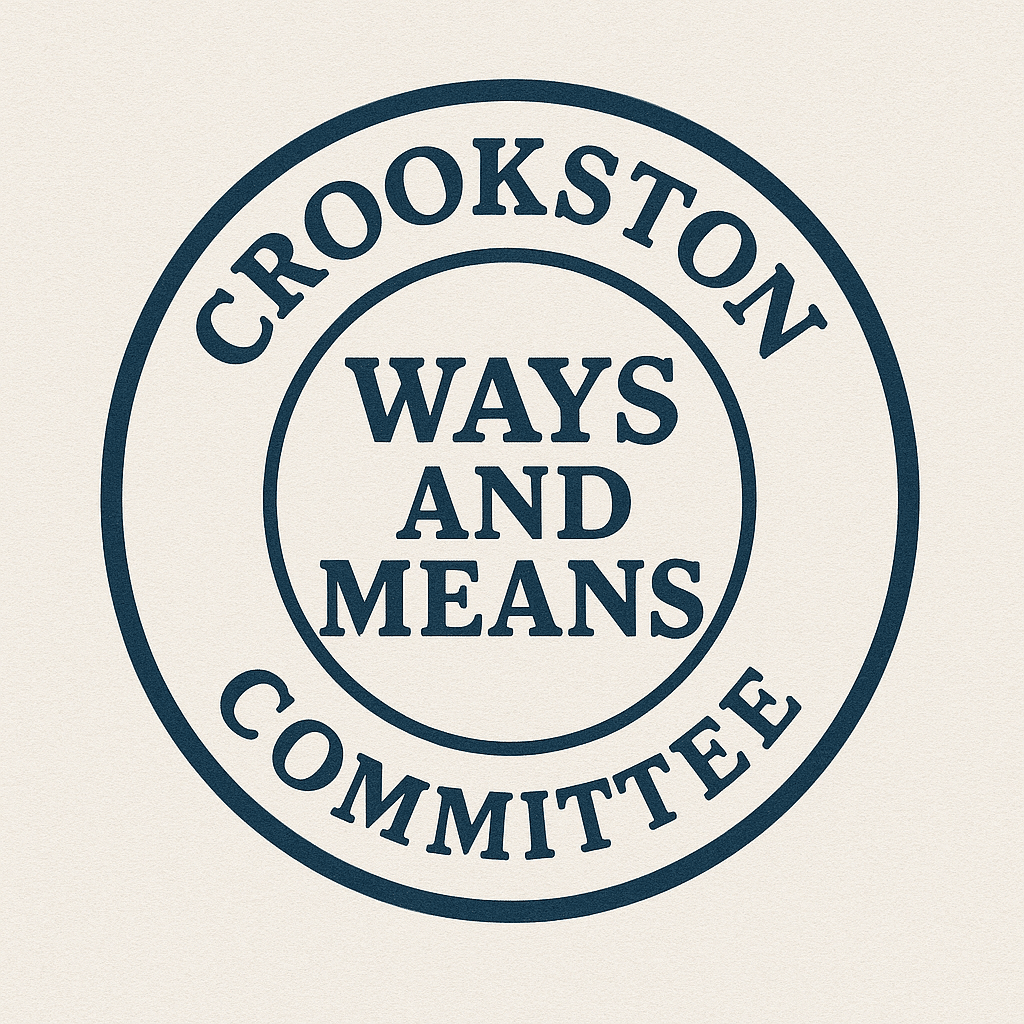The Minnesota Department of Transportation reports that the extreme low air temperatures and windy conditions has caused black ice on area highways. Black ice is an invisible hazard that catches drivers’ off-guard and frequently causes crashes.
Black ice creates the appearance of a wet surface, but it is actually a thin, clear layer of ice on roads and bridges. Black ice forms when melting snow refreezes or when rain, drizzle, mist or fog freezes. It is most common at night and early morning when it is dark and temperatures are lowest.
Black ice often forms in tunnels and other shaded areas, on overpasses and bridges, and near lakes and rivers. The hazard can also form when snow temporarily melts from auto exhaust emissions or tire heat and from moisture vapors given off by industries located close to the highway.
Motorists should remember to:
- Slow down on bridges, overpasses and tunnels and on all roads in the early morning when the air temperature rises faster than the pavement temperature.
- Use a safe speed for winter driving conditions, regardless of the posted speed limit.
- Keep a safe stopping distance from the vehicle in front of them.
- Keep both hands on the steering wheel and eyes on the road, and stay alert.
For additional tips on safe winter driving, go to www.mndot.gov/workzone/winter.html.
Tags:



